Photojournalistic Work: Capturing Key Moments in Soviet Everyday Reality
Rare photographs offer a glimpse into the hidden corners of the CCCP (Soyuz Sovetskikh Sotsialisticheskikh Respublik), the post-war Soviet Union. They capture moments of ordinary Soviet citizens and provide valuable insights into the complexities of the Soviet era.
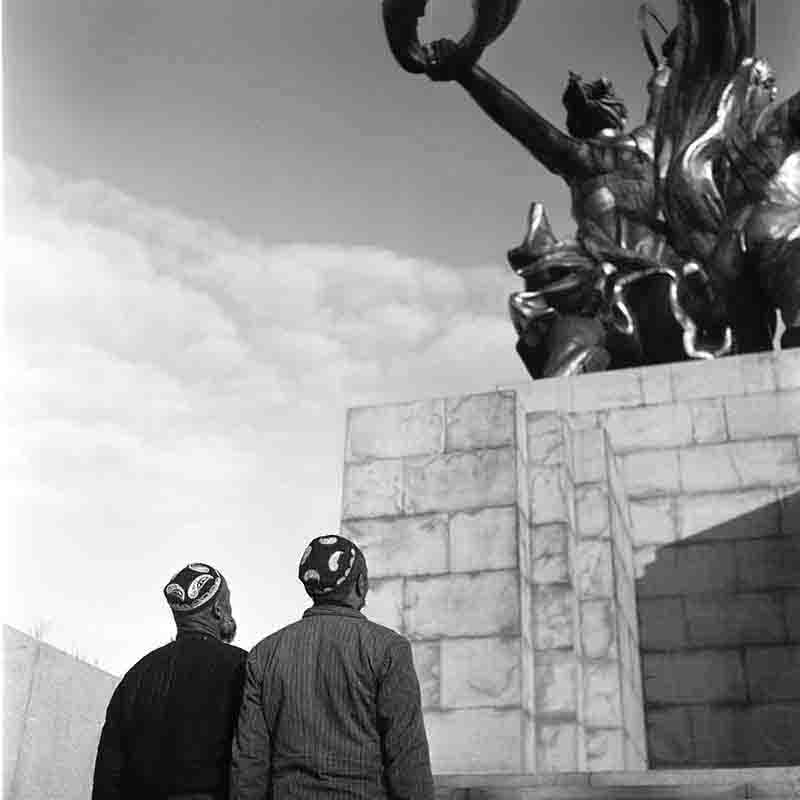
Bock-Schroeder's photographs are a priceless historical record of a decisive chapter in Soviet history.
Soviet Union Photo Tour
In 1956, one year after the peace treaty between Russia and Germany, Peter Bock-Schroeder was the first West German photographer to be permitted to visit the former USSR for a photo reportage.
His journey took him through the huge space of the former Soviet republics, from the Central Asian Countries to the Transcaucasian Countries, from the Baltic States to European Russia.
He witnessed solemn religious services and processions of the Russian Orthodox Church, photographed the Bolshoi Theater in Moscow, the oil fields of Baku, and took part in sport events and mammoth military parades.
He was given the unique privilege of documenting sculptor Matvey Manizer in his Leningrad atelier, and thus experienced at close quarters the influence of state-prescribed socialist realism.
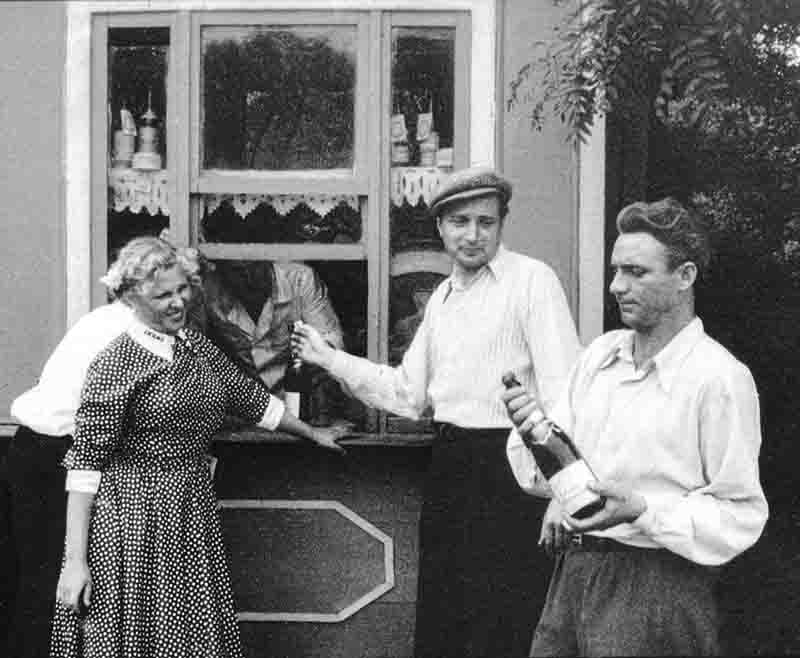
Crimean sparkling wine was first produced in 1799 on the Crimean peninsula for the Russian Tsar's court. At the Paris World Exhibition of 1900, a sparkling wine from Crimea triumphed over all the French entries to win the internationally coveted "Grand Prix de Champagne".
A Look Behind the Iron Curtain
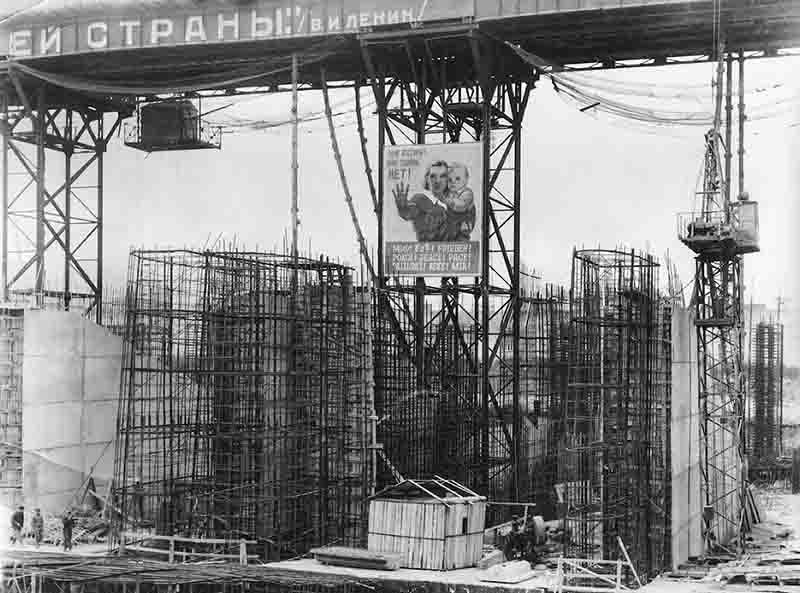
The term Great Construction Projects of Communism (Russian: Великие стройки коммунизма) is the name given to a variety of the most ambitious construction projects that were of crucial economic relevance to the Soviet economy. These projects were commissioned and put into operation in the 1950s on the orders of Joseph Stalin.
After his return from the Soviet Union, Bock-Schroeder was asked what it was really like in that country.
One question was asked particularly emphatically: What are Soviet citizens like?
To this question he always gave a single answer: People are shaped by the environment in which they live. And that is especially true of the Soviet Union.
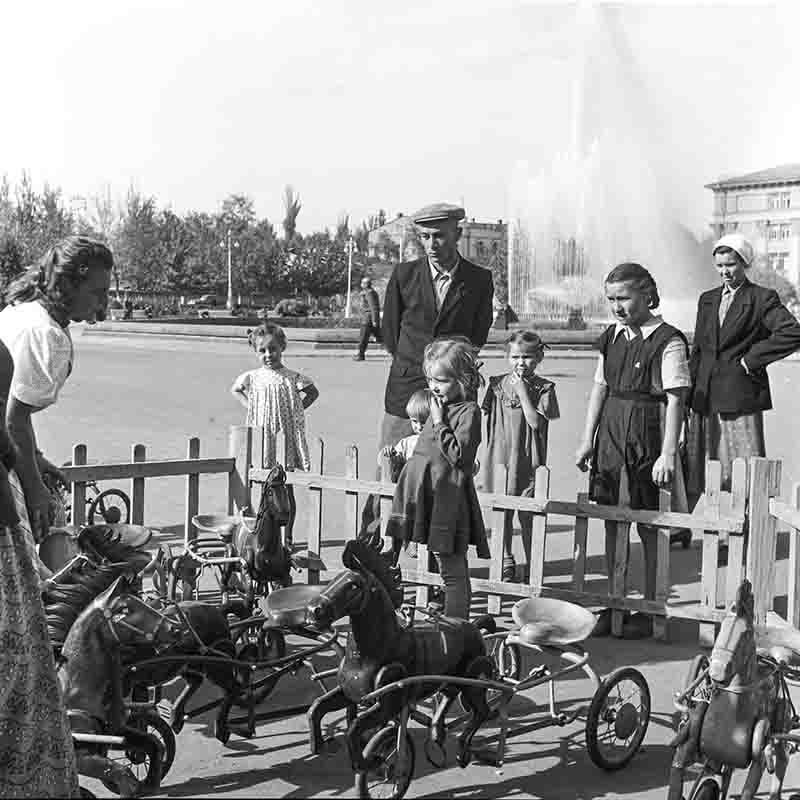
The background of this trip was the shooting of the movie "Russia today, We saw with our eyes" about the Soviet Union for western cinemas.
The film was approved by the Soviet authorities.
It was created under the same conditions under which all Western journalists worked in the Soviet Union at that time.
In almost a year of production, they created the documentary under incredibly difficult conditions.
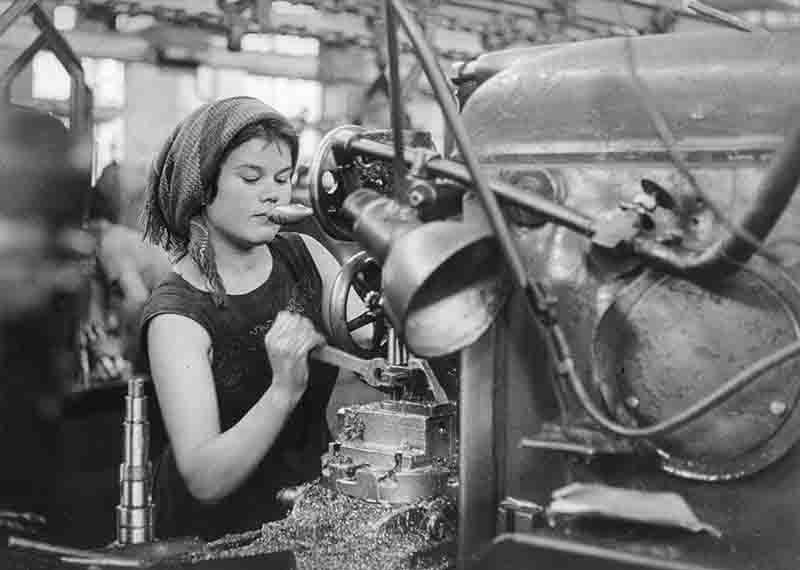
The Volgograd Tractor Plant formerly the Dzerzhinskiy Tractor Factory or the Stalingrad Tractor Plant, is a heavy equipment factory located in Volgograd.
Pictures of the Soviet Union
Bock-Schroeder was monitored at all times by a supervisor from the state authorities.
But he managed to take pictures of people in their natural environment, his pictures tell a visual story about the daily life behind the Iron Curtain.
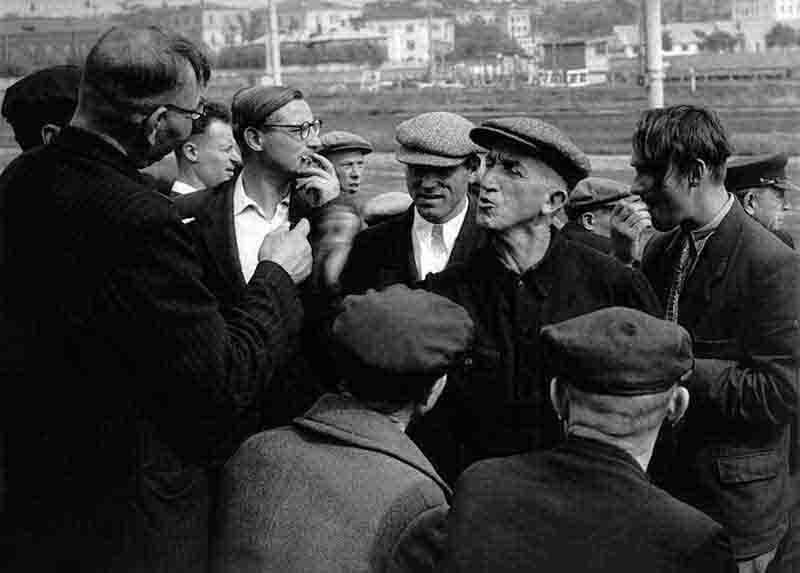
The Moscow Hippodrome, which holds 3,500 spectators, is a landmark of Moscow. In 1834, the first horse races were held on the premises.
Several times the German and the Russian film crews had threatened to cancel the production.
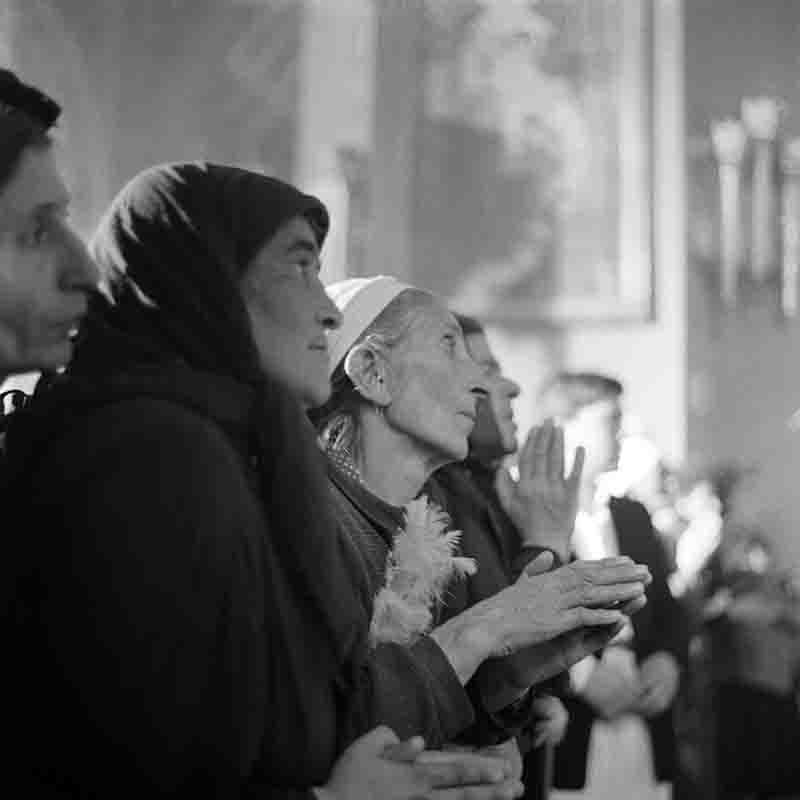
Shortly after this photo was taken, Khrushchev launched one of the most aggressive anti-religious campaigns in Soviet history (1958–1964)
After months of hard fought negotiations the German production company and the Moscow Central Documentary Film Studio agreed on the version of the respective authorities and their censorship institutions, although sometimes grudgingly given.
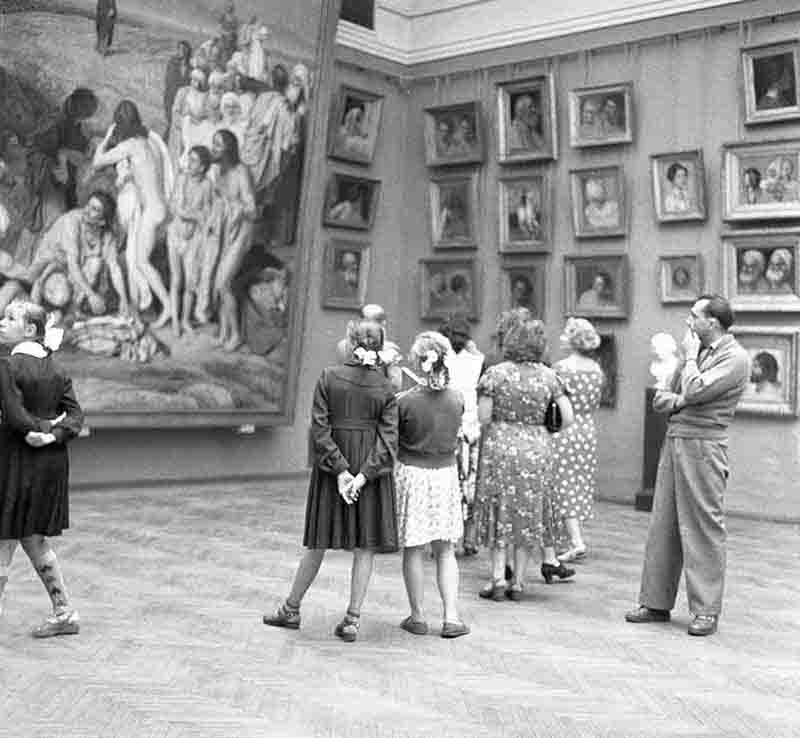
The State Hermitage Museum accommodates, besides numerous treasures, artworks that were once passionately collected by Tsarina Catherine II.
Pictures of western reporters allowed, for the first time to get a more reliable picture of the various aspects of the people, economy and culture of the Soviet people.
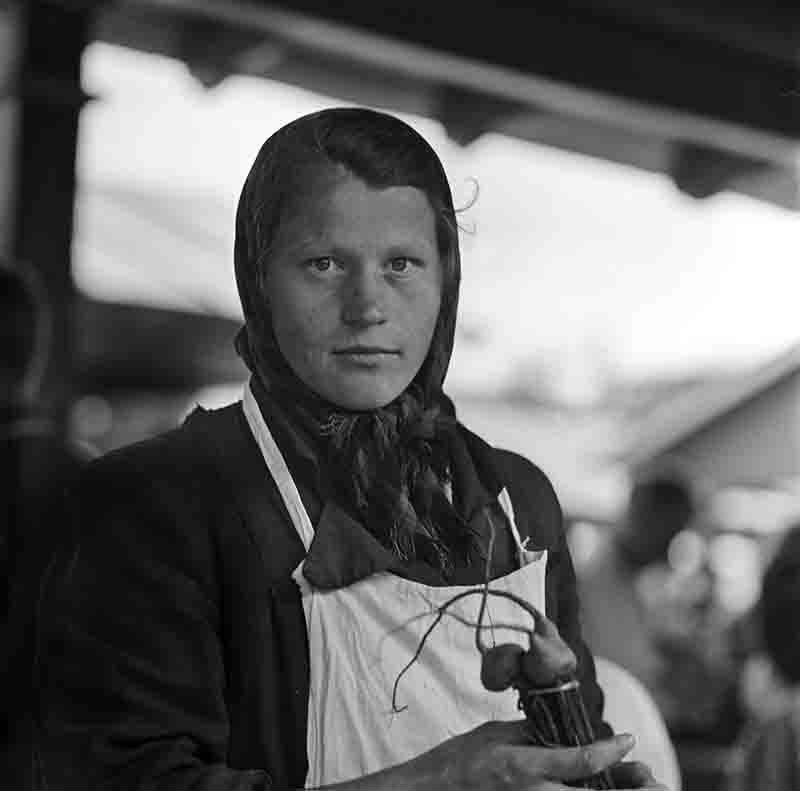
"Babushka markets" selling various home-made gastronomic products based on plants and animals were popular in Ukraine throughout the 1950s. In 1956 the collective farms were allowed to set up their own co-operative industries in the countryside.
Political upheavals in the Soviet Union led to changes in culinary habits and changes in agricultural priorities.
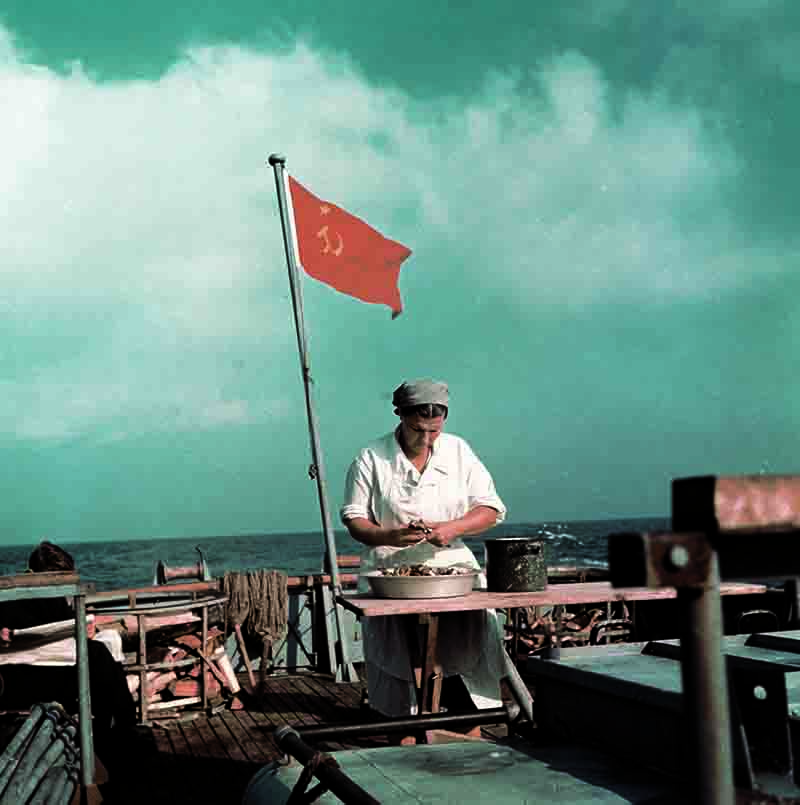
Up until the Bolshevik Revolution, the Ukrainian Black Sea coast was the world's largest exporter of wild oysters. In the golden age of Black Sea oysters many ended up on the tables of restaurants in Europe, where they were appreciated for their delicate and not too salty taste.
1956 was a turning point, a fateful year for many countries of Eastern Europe in addition to all other world political events, such as the Suez crisis.
It was also the year in which the last German war returnees returned from Russian captivity.
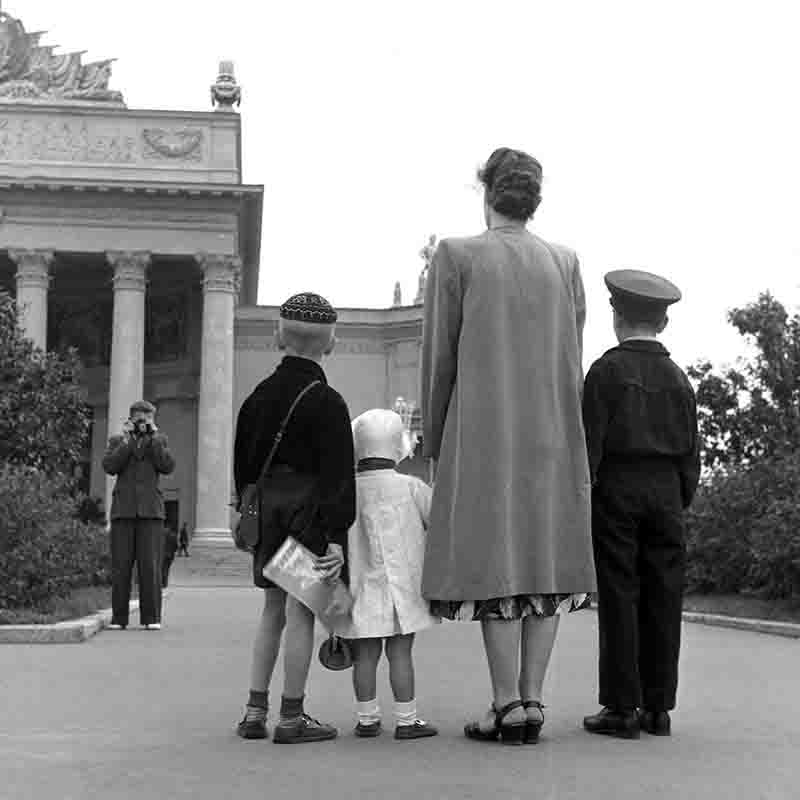
The Central Pavilion (Pavilion No. 1) of VDNKh in Moscow was constructed in 1954, replacing the original 1939 wooden structure to align with the expanded and stylistically updated All-Union Agricultural Exhibition (later VDNKh).
Soon after filming began, the usual declarations of peace and friendship on both sides failed to materialize, and filming, recording and photographing became a tenacious struggle for consistency.
Most of the discussion focused on the core word objective.
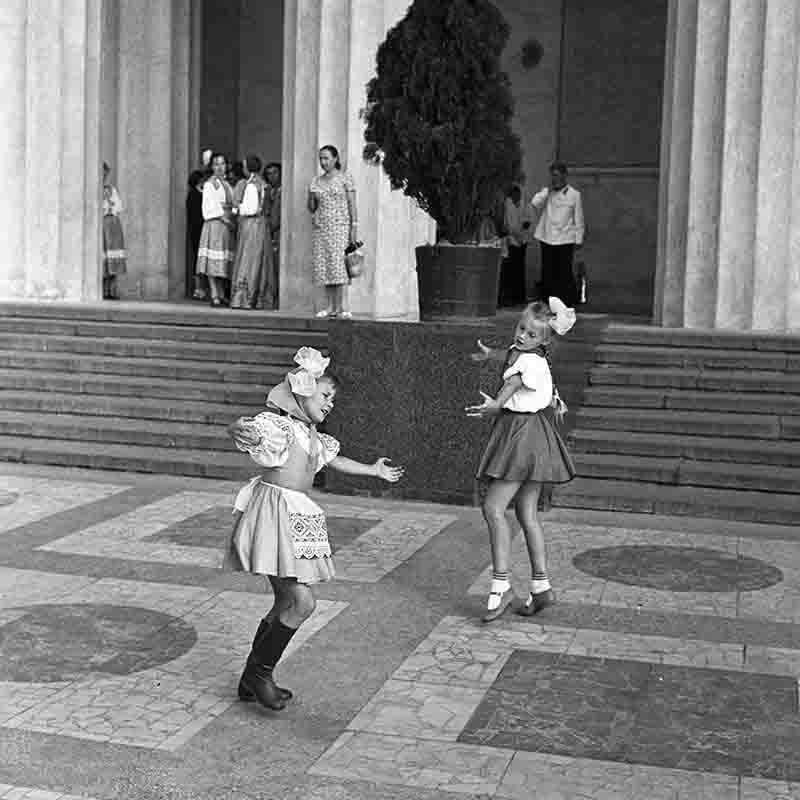
Folk dances are an integral part of the Belarusian culture and way of life, and these dances have been repeatedly mentioned in Belarusian literature.
The Soviets, who came up for all the expenses of the four western camera groups in the USSR, were granted an extensive veto, control and participation rights.
All of the material had to be "tuned" with the Soviets.
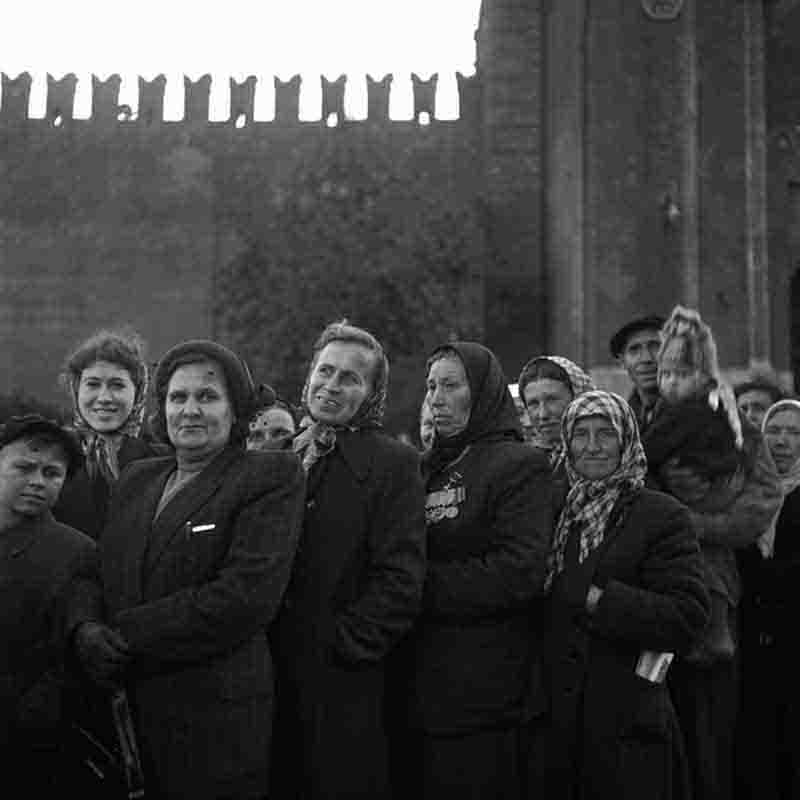
The Moscow Victory Day Parade (Russian: Парад Победы в Москве, tr. Parad Pobedy v Moskve) is the annual military parade of the Russian Armed Forces in Moscow's Red Square on 9 May to mark the Victory Day celebrations over Nazi Germany.
Is the inadequate footwear of the mausoleum visitors of the Red Square in Moscow suitable for conveying an objective or a false impression of the state of the Russian shoe industry?
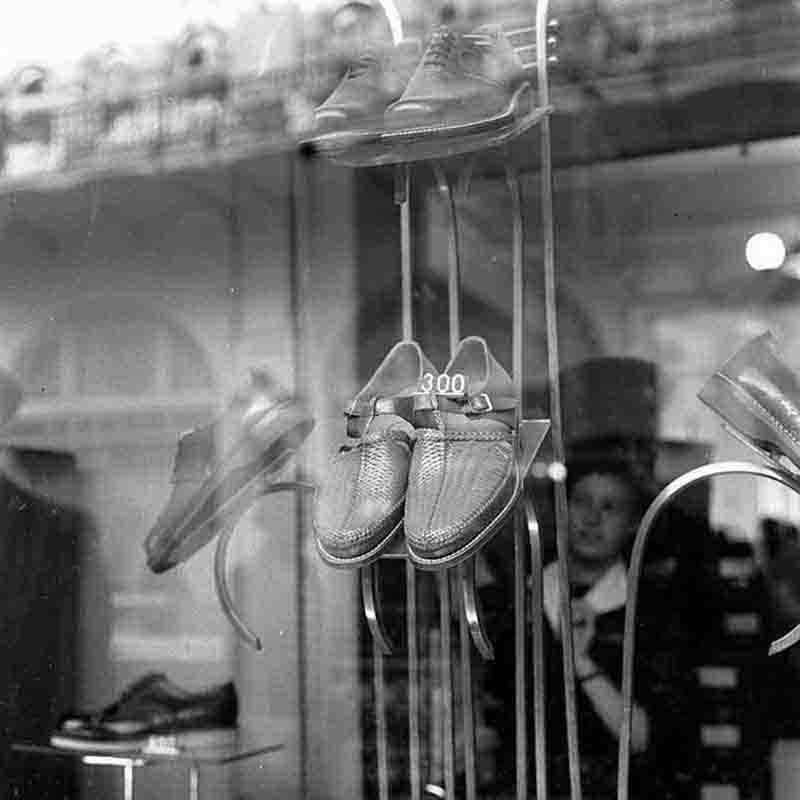
The GUM department store in Moscow in 1956 was a luxury for privileged Russians. The beautiful building is located directly on the Red Square of the Russian capital. It houses numerous stores and is one of the most famous and well-known buildings in Russia. Together with the Red Square and the Kremlin it is part of the UNESCO World Heritage.
On the basis of the Lenin quotation, that an objective behavior includes the duty to accept the criticism of the other side, the German film people tried to persuade their Soviet opponents.
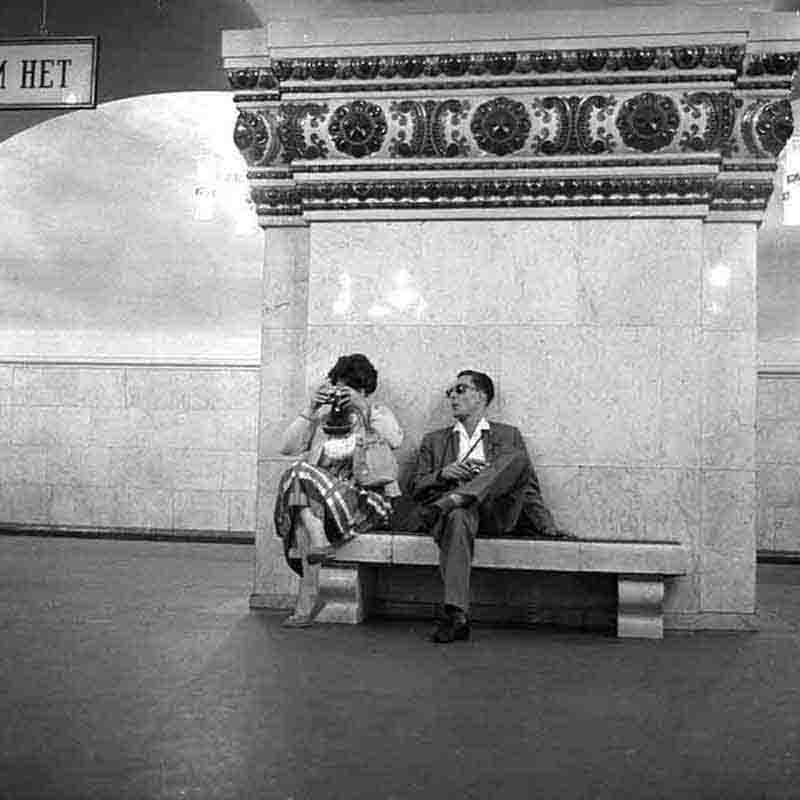
The first subway in Russia, the Moscow Metro excelled with the technical progress of the Soviet Union and is today one of the most frequented subway networks in the world. It is particularly famous for its extravagant and unparalleled interior architecture, which is revered as the "people's palace".
The Russian Censors defended themselfes with yet another Lenin quotations: "Objectivity is what promotes friendship between peoples."
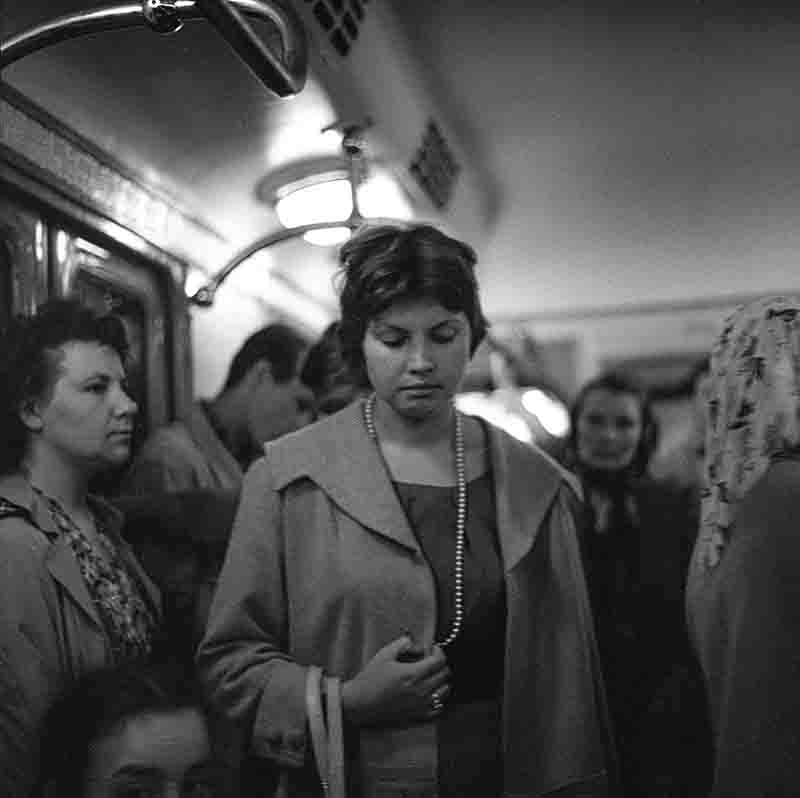
The 1950s saw the continuation of the trend of building highly decorated stations, reflecting the prevailing aesthetic of the Soviet Union. Stations from this period were intended to resemble "palaces for the people," demonstrating the power and prosperity of the state.
Illustrated Photo Reportage of the Soviet Union
Frequently, it became clear that the support from the Moscow Central Studio was more of a burden than a help. In the Caucasus republics in particular, the Moscow escorts were noticeably not welcome.
In Tbilisi, the Georgian capital, the head of the Georgian film production, each Soviet republic had its own film studio, told the film team in strong words that he would not lift a finger to support a film with the misleading title "Russia Today".
"The Soviet Union is not Russia and Russia is not the Soviet Union".
Azerbaijan: Oldest Oil Producing Region in the World
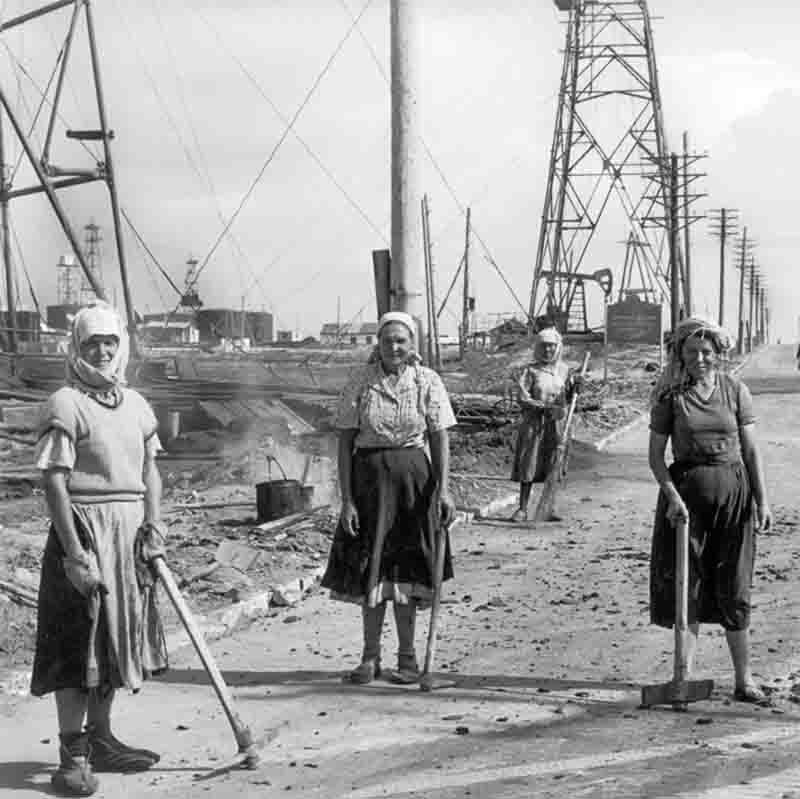
Baku, the largest city in Azerbaijan, is located below sea level and is a UNESCO World Heritage Site . The city has natural scenic landmarks and an oil industry that dates back many centuries. In the south of the Absheron Peninsula lies Baku, a city that has traditionally been the " link " connecting Asia with Europe. Over many centuries, the trade routes of the Great Silk Road crossed Azerbaijan.
In addition, there was the eternal rivalry between the various authorities and organisations. In Baku, it took patient visits and the support of a film ministry official rushed in from Moscow to get permission to photograph the oil fields.
A local trade union committee took offence at the fact that Bock-Schroeder was photographing the idyllic shacks with laundry.
The union members protested to the oil ministry and the work had to be stopped.
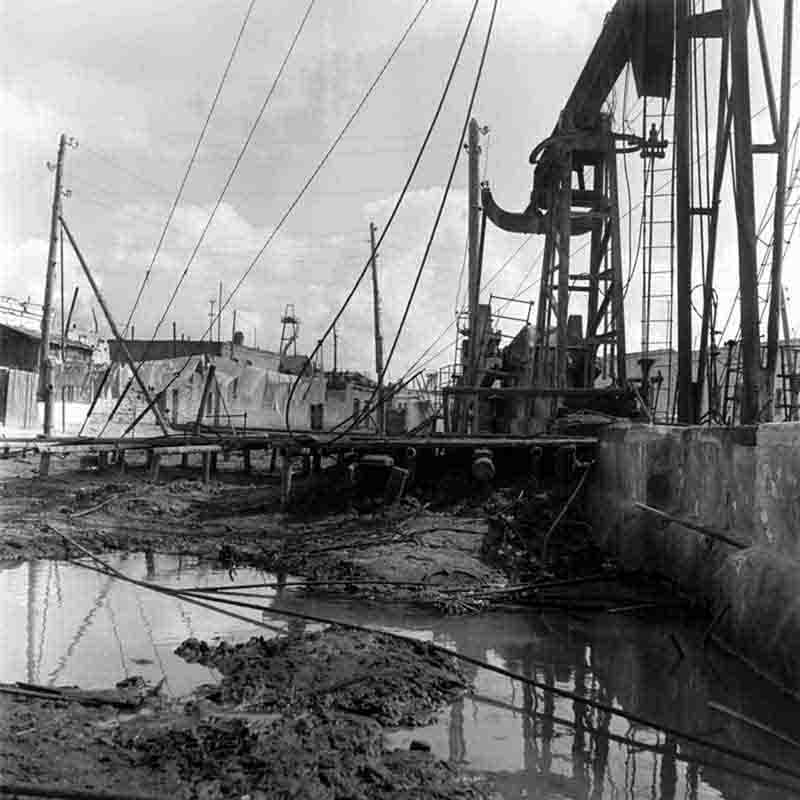
In 1636 Adam Oleary Elshleger (1603-1671), a German diplomat and traveler, gave description of 30 Baku oil wells and remarked that some of them were gushers.
The film was to be completed with production assistance from the Russians in the Moscow Central Studio for Documentary Film, including music, photographs and text recordings.
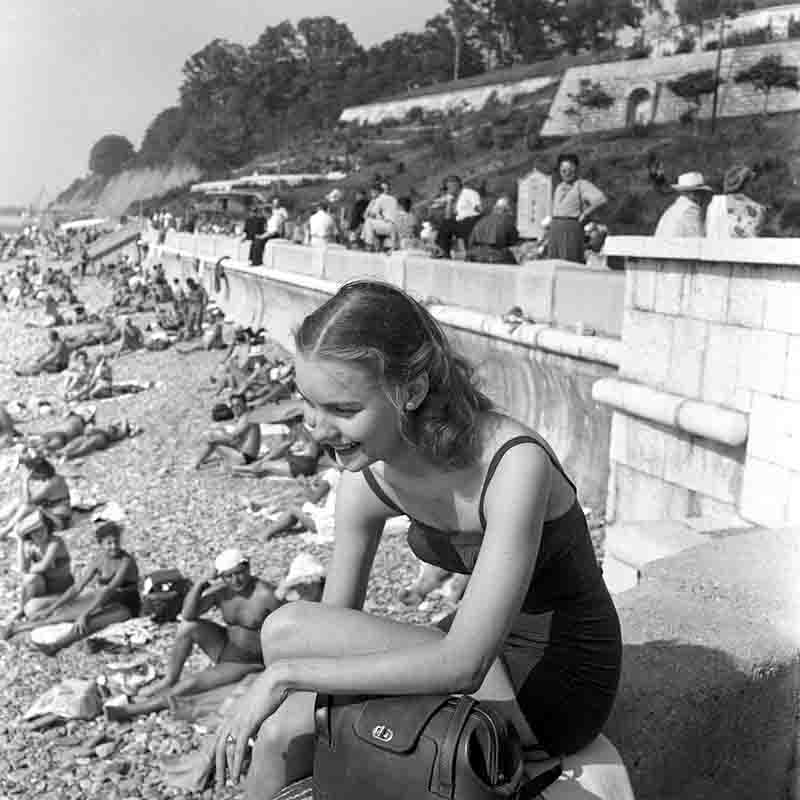
Sochi became a popular resort for the aristocracy already in the tsarist period. After the Revolution, Vladimir Lenin approved the resort, the Soviet ruler declared the region accessible to the proletariat.
Section three of the contract provided: "Theme of the film is the objective reporting of the USSR, the work of the Soviet people, their everyday lives, their art, recreation and other aspects of social and cultural life."
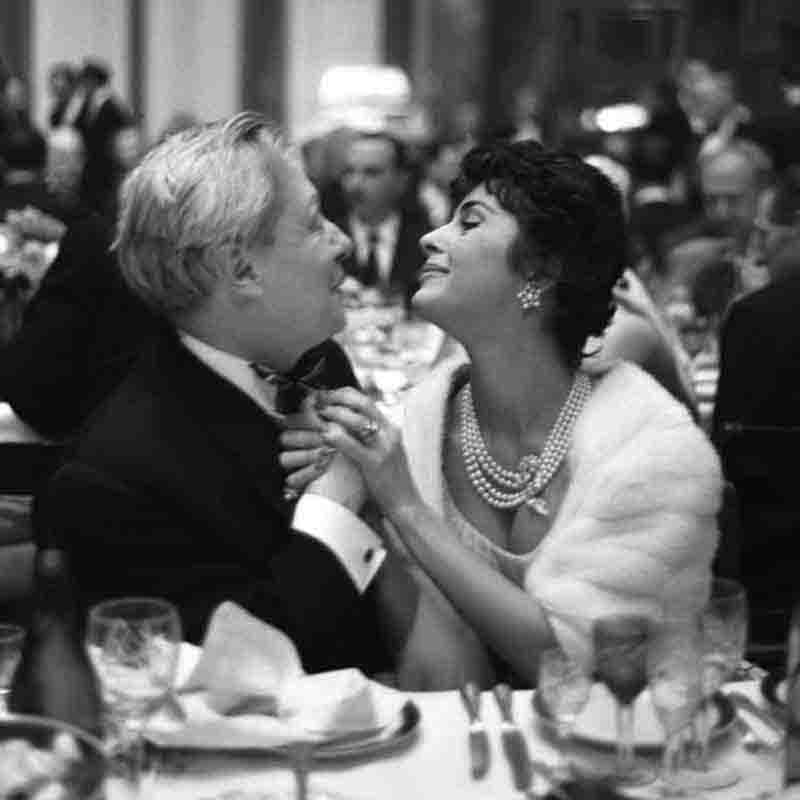
Serge Obraztov (1901-1992) who established puppertry as an art form in the Soviet Union with Italian actress Silvana Pampanini (1925 -2016) during the Italian Filmweek, Moscow 1956
Bock-Schroeder's photographs show the differences and similarities between lifestyles in the east and the west of the late 1950's.
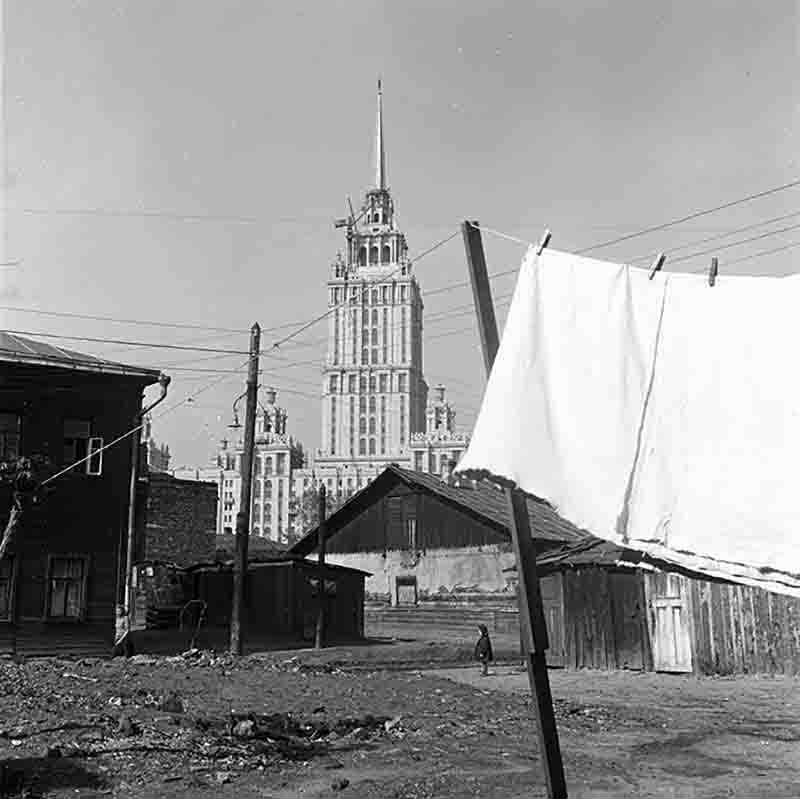
While filming a Moscow backyard, one Russian film official addressed the Film Team with a glossy paper picture book of Hamburg, which he had brought with him: "There are no backyards here either, so why do you want to film backyards in the Soviet Union? This kind of realistic reporting is an insult to the Soviet people"
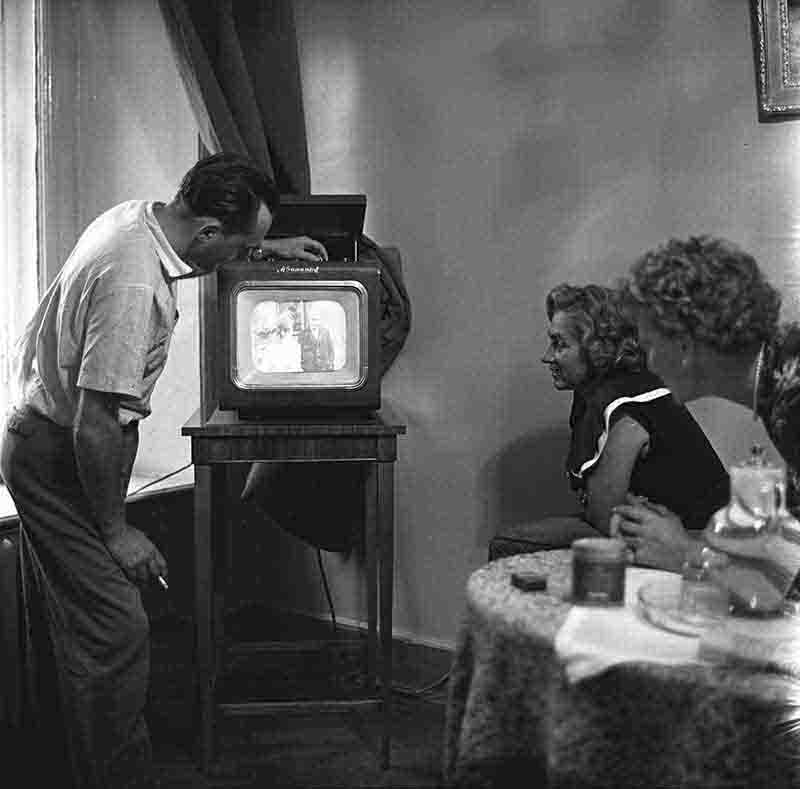
The Moscow Authorities resisted all attempts to an improvised visit to any apartment. Instead, after weeks of effort, the Central Studio arranged the filming permit for the apartment of a Moscow architect, which stood out so advantageously from the standard homes that the DCF people termed it "Potemkin apartment".
The Soviet Red Army
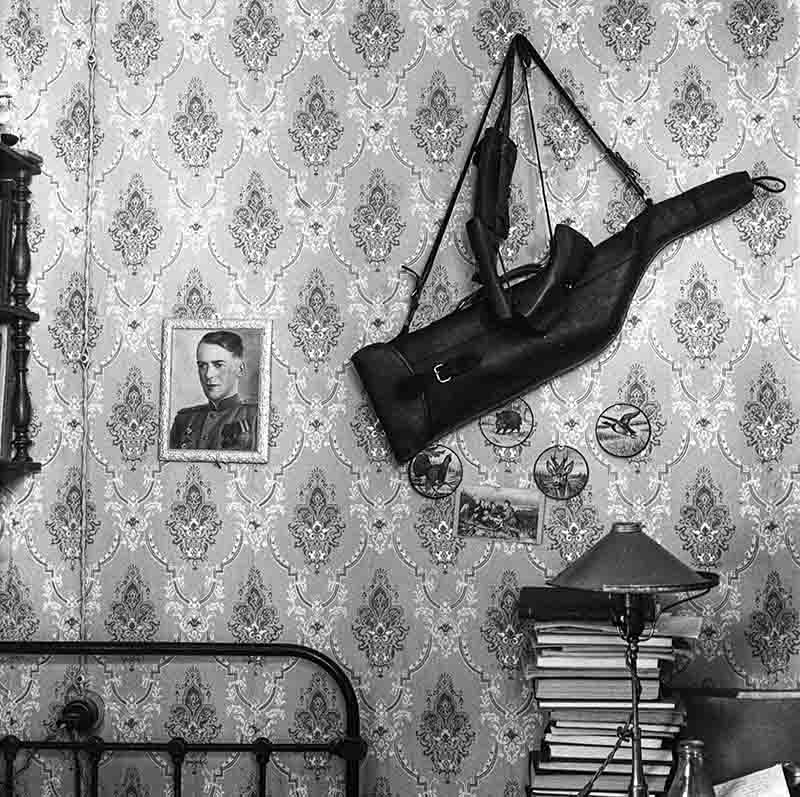
Approximately ten million soldiers of the Red Army were killed or died as prisoners of war. In total, at least 24 million Soviet citizens lost their lives - due to the racial mania of National Socialist Germany. The Red Army was the official name for the majority of the armed forces of the Soviet Union.
Unseen Moscow 1956
The Adventures of a West-German Photographer in the USSR
In spite of the close supervision Peter Bock-Schroeder managed to avoid censorship most of the time.
The silent click of his Rolleiflex twin lens camera helped him to work almost unnoticed from the authorities.
On the eve of his departure for West Berlin, Bock-Schroeder sewed most of the exposed film rolls into the hem of his trench coat and brought his oeuvre from Russia to West Berlin.
After his return to West Germany, Peter Bock-Schroeder received a surprise visit from the BND (Federal Intelligence Service).
The gentlemen from the intelligence service of the Federal Republic of Germany wanted to know whether Bock-Schroeder had brought home "interesting" photographic material from the Soviet Union.
Bock-Schroeder denied this, after all he was a photographer and not a spy.
The reasons why Bock-Schroeder had trafficked his pictures from the Soviet Union were purely personal.
He considered his work to be his property.
Until today, the pictures from the 1956 USSR expedition by Peter Bock-Schroeder have never been publicly shown in context.
Soviet Nostalgia in Pictures
Bock-Schroeder's work describes the Soviet daily life in all its austerity and authenticity.
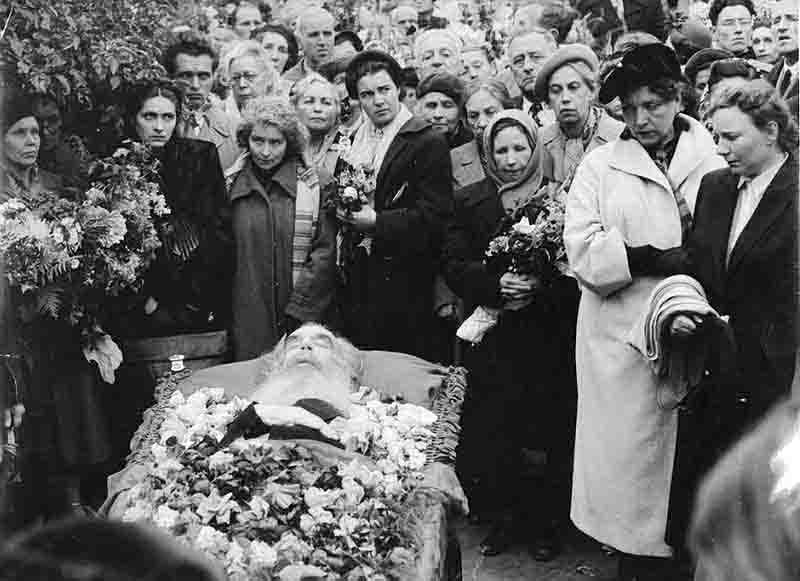
The funeral of Otto Yulievich Schmidt, Soviet politician, mathematician, geophysicist and Arctic explorer. He led several expeditions in 1929 and 1930, during which the first scientific research station was established on Franz Josef Land in the North Polar Sea.
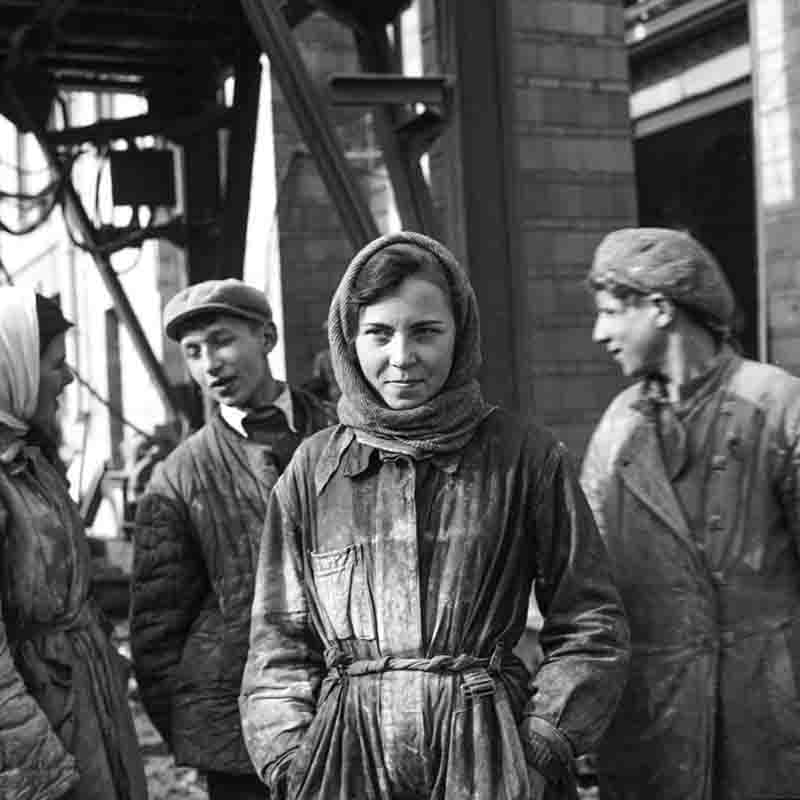
One of the most common images of the Soviet construction industry are the beautiful and emancipated female construction workers labouring together with the men on the large construction sites. Women in the Soviet Union not only represented women's rights, they were equal to men and often held increased leadership positions.
Echoes of the Thaw: Moscow's Streets Blend Old and New
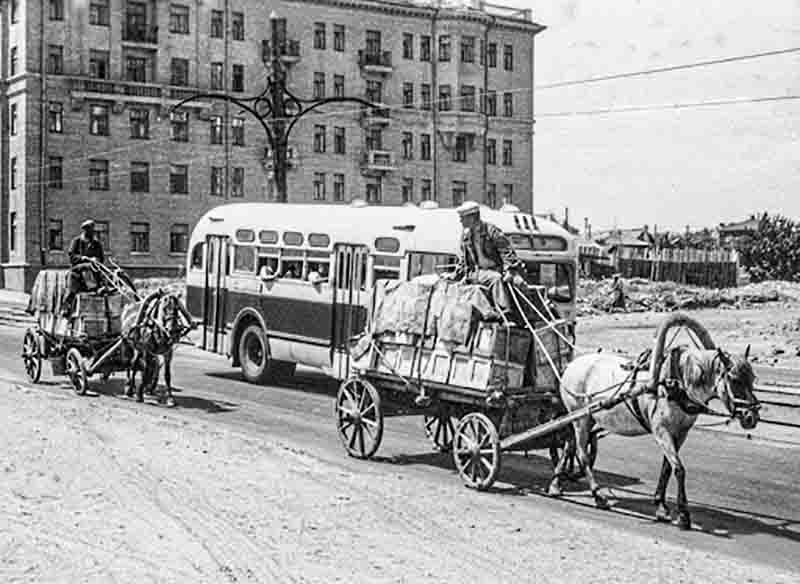
Although buses and other forms of motor transport were becoming more common, horse-drawn carriages were still a regular sight on the streets of Moscow in the mid-1950s.
Bock-Schroeder photographed people, the big cities, the historic buildings and gigantic construction sites.
The exceptional pictures from the former Soviet Union were shot in Moscow, Kiev, Baku, the holy city of Etchmiadzin, Tashkent, Tbilisi, Leningrad, and Tallinn, and other places in the USSR.
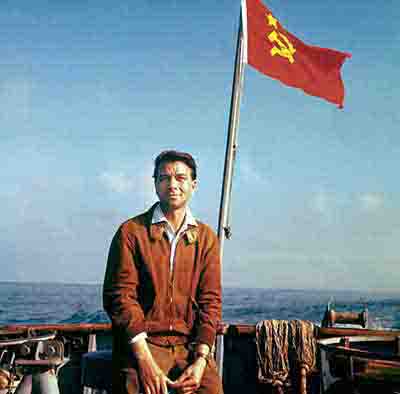
Peter Bock-Schroeder was amazed by the people of the Soviet Union.
He admired their culture, their friendly nature and their hospitality.
On his tour of the Soviet Union, Bock-Schroeder covered Russia, Armenia, Azerbaijan, Ukraine, Belarus, the Baltic States, and Uzbekistan.
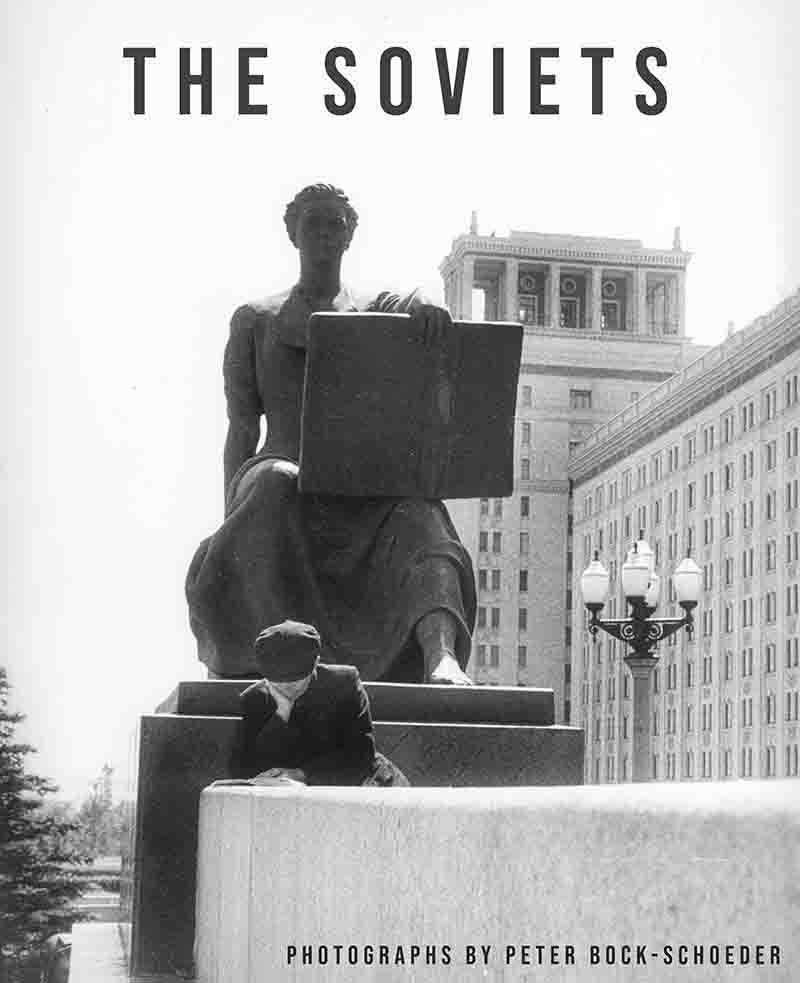
The sequence of 89 pictures in the exclusive fine art photography volume "The Soviets" builds on contextual, thematic, compositional, and factual aspects.
The book connects extraordinary photographs by the very first West German photojournalist permitted to work in the former USSR, following the Second World War.
A first limited edition of the publication is scheduled to be released in Spring 2026.